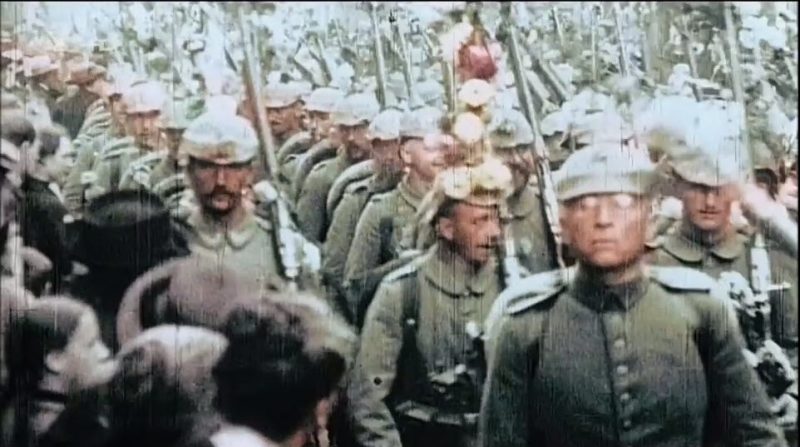The history of Europe – and, indeed, the world – would be forever altered by the unprecedented events of the First World War. Up until 1914, there had never been a conflict on the same scale, and as a result everyone from the soldiers on the ground to the heads of state had no concept of how long and deadly the war would prove to be.
During the 19th Century, military engagements were very different to the kind of battles that would come to define the First World War. For example, conflicts were usually based on movement, with horses and large cavalry charges a common factor. The idea of shooting the enemy from a great distance while mired in a system of trenches would have been unthinkable.
All that was about to change, however, after the assassination of Archduke Franz Ferdinand. With Austria-Hungry fighting in Serbia and Russia, Germany’s Kaiser Wilhelm II turned to the west of the European continent. France and Britain fought back, and a stalemate quickly developed.
Both sides dug large systems of trenches, forming the Western Front, and a long and brutal war of attrition began.
Of course, when German forces first marched off to war, they believed the conflict would be brief. Famously, many on both sides of the war thought that the hostilities would be “over by Christmas”. The German Kaiser, in fact, was so convinced that peace would arrive quickly that he initially refused to bomb London, as he didn’t want to sour relations with the British royal family, to which he was related.
This conviction that the war would be short-lived, and the brutal reality that it would actually rage on for a further four years makes the innocence of soldiers in this video all the more poignant.
This is a collection of rare First World War footage, showing among other things the early stages of the conflict. You will see German soldiers march through the Brandenburg gate in Berlin, confident that the war will be short and that they will be victorious. The young men say goodbye to their loved ones and board trains, bound for the front. Although few of them knew it at the time, thousands of them would never return home.
Also of note, at 1 minute and 18 seconds in the footage you’ll see the Feldherrnhalle in Munich where, just about a decade later, Hitler’s Beer Hall coup would come to a dramatic end.
This attempted coup, known as the ‘Beer Hall Putsch,’ landed Hitler and his close allies in jail for a number of years. From jail, Hitler wrote his infamous book ‘Mein Kampf’ – or ‘My Struggle’ – in which he refined his extreme political ideas. Hitler himself is known to have fought in the First World War as a young man. He was a message runner in the trenches, and was actually decorated for bravery.
The loss of territory and economic trouble Germany faced after its defeat in World War One is widely considered one of the major factors which fueled the rise of extreme nationalism in Germany in the 1930s.
Once out of jail, Hitler and his cronies whipped up this dissatisfaction to bring themselves to power, ultimately bringing about the Second World War. In the end, this would prove to be an even more terrible conflict than the first.
Viewers can now visit and experience the front lines in color. This video reveals the trenches as they would have been seen through the eyes of First World War soldiers, and allows us to witness the destruction caused by intense artillery fire.
This amazing footage brings color into a world we have only known in black and white, making the men appear more real and less of a distant memory.
https://youtu.be/CErUTpuDbd8
